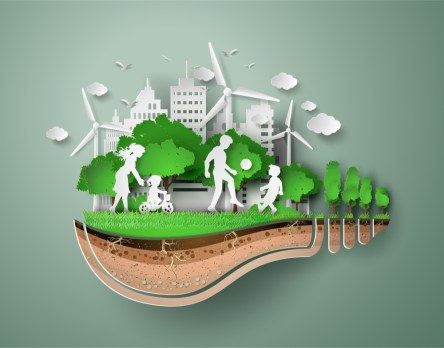The recently released UN Intergovernmental Panel on Climate Change report shocked everyone who was paying attention. In short, attempting to mitigate temperature rises to 1.5 percent by 2050 (which already seemed impossible to most) is too little too late. The globe is on a trajectory to see temperatures rise more than 3 percent by that time. The resulting flooding, droughts and superstorms will be catastrophic. A drastic shift in energy sourcing and usage is necessary to limit economic and humanitarian costs. Fortunately, drastic doesn’t mean impossible. Microgrids and carbon dioxide recycling are two available solutions that can make substantial impact. Microgrids Microgrids enable centralized power generation, storage and delivery. They offer more efficient power transmission, reduce costs for consumers, and decrease the duration of blackouts which can save lives and protect economies. A microgrid can “cut air pollution from the electric utility sector as much as 30 percent by 2030, saving 34,000 deaths a year,” states Smart Energy Consumer Collaborative. The systems offer more immediate benefits as well. Hurricanes Florence and Michael, for example, resulted in nearly $100 billion in property damages. After factoring in electricity outages and stalled commerce, Accenture estimates that such storms can cost economies $150 billion per year. The implementation of microgrids would reduce the economic impact of natural disasters by quickly restoring power. Microgrids also facilitate the integration of renewable energy sources with flexible scalability. Local organizations do not need to wait on utility companies or governments to implement more sustainable practices. Solar panels, roof-mounted wind turbines, and other sustainable energy devices can be used as the primary energy source on individual projects. Several power companies are exploring the power, efficiency and reliability of microgrids. Edison International, Central Hudson Gas & Electric, Duke Energy, San Diego Gas & Electric are just...

